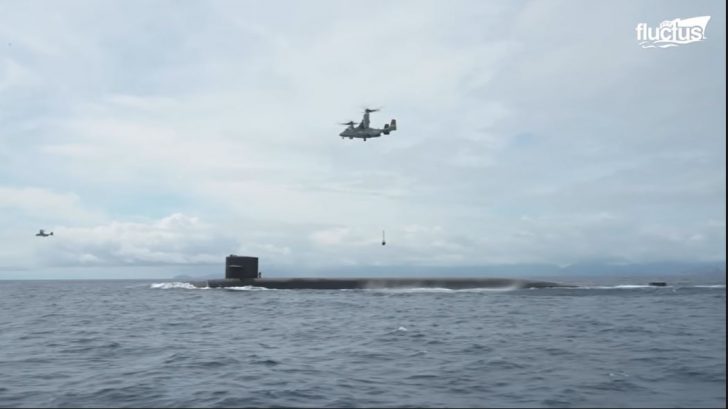US Naval vessels are often tasked to spend months on the sea. Thus, the Navy needs to use creative methods to keep the crews fed and the ships armed and fueled.
One of the oldest and perhaps most effective resupplying techniques is the airdrop. This is an airlift operation in which weapons, equipment, humanitarian aid, and information and delivered via aircraft.
The Main Difference
The primary difference between a supply delivery and an airdrop is that the aircraft doesn’t stop. Instead, it delivers pallets or packages by pushing them out of the cargo bay or hatch. Supplies are then gathered by a ship or submarine.
Why Airdrops Are Essential for Submarines
For submarines, airdrops are vital as they lack a deck or large platform to get deliveries. Since they’re tasked to do covert missions, the time they spend on the surface should be kept to a minimum.
Packages Are Designed to Be Waterproof
At sea, packages are waterproof, floating as they hit the water. Self-deploying parachutes ensure that the supplies enter the water gently, avoiding any damage from the impact.
Unmanned Aerial Drones
When piloted remotely, these vehicles can deposit a small pilot directly onto the surface of the submarine’s hull. For larger-scale replenishments, helicopters can also do precision drops.
A Self-sufficient Branch of the US
The Navy prides itself as one of the self-sufficient branches of the US military. Its ships are afloat for months without coming ashore. That’s why underway replenishment is so vital, as it helps the crew deal with issues, such as fire, on their own. This helps submarines and ships operate efficiently to complete their mission.



